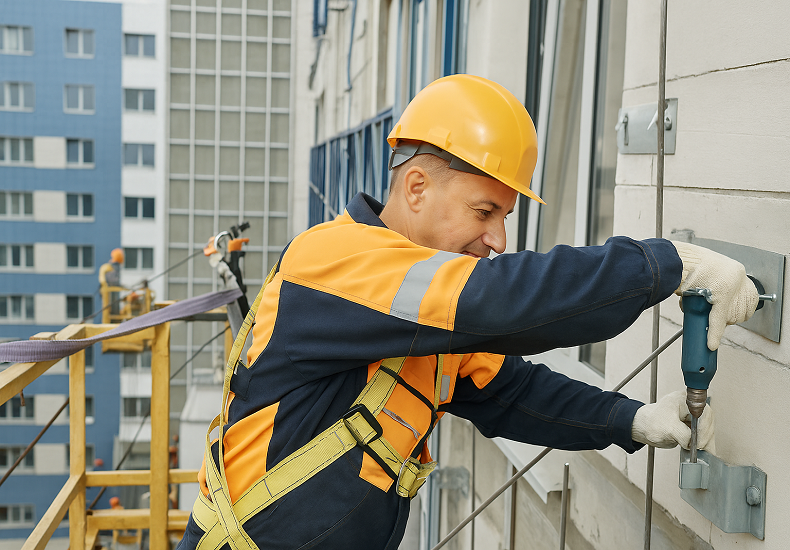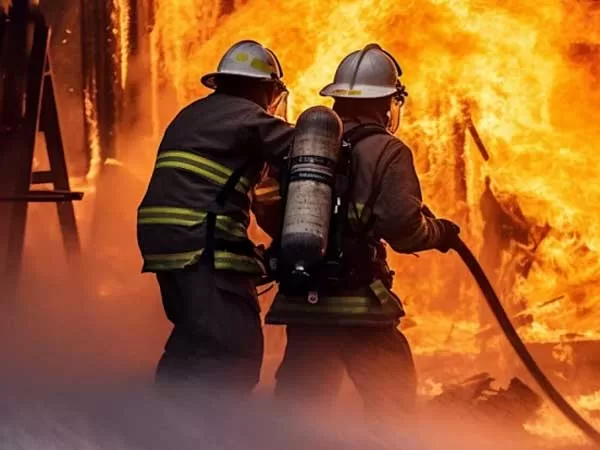
When you consider a personal fall arrest system, the quality of the harness webbing is critical. This part bears the load when a fall occurs and is vital to the safety of the user. Whatever your profession, construction, utilities, or rescue, there is a harness webbing that is right for you. Here are the key features you need to consider when choosing a webbing.
It turns out that to get a durable webbing, the first thing to consider is what it is made of. The most commonly used materials are nylon, polyester, and Kevlar.
Understanding your workplace will help you decide which material is best for you.
One of the most important parameters for webbing is tensile strength, which is the weight the webbing can withstand before breaking. According to the Occupational Safety and Health Administration (OSHA) and the American National Standards Institute (ANSI), webbing used in fall protection should have a minimum breaking strength of at least 5,000 lbs (22.2 kN). Always refer to the webbing manufacturer’s specifications and make sure that the safe working load is at least higher than the load the webbing is expected to withstand.
Safety belts are exposed to extreme outdoor conditions – from UV rays, wear and tear from rough terrain, to cuts from sharp edges. High-quality webbing is often coated with special materials or woven in a way that prevents the webbing from wear and tear and abrasion damage. The material’s UV resistance is also important for potential users to know because it ensures the material’s durability, especially if the user needs to work outdoors for a long time.
For workers in industries such as welding, oil and gas, and chemical plants, webbing must be able to withstand high temperatures and corrosive substances. Materials such as Kevlar or certain polyester fiber blends can even be coated with flame retardants or chemical solutions. If you have such a situation, make sure the webbing meets the relevant standards.

Quality safety belt webbing should be safety certified and meet international standards. Look for certification types such as:
These certifications mean that the webbing has been strength-rated, durability-tested, and field-proven. Avoid unknown brand webbing that has not been third-party certified.
The stitching process is just as important as the webbing material itself. Consider double or triple stitching, reinforced stitching, and tight, even stitching as signs of superior craftsmanship. Even strong fabrics can easily fail if the stitching is poor. Inspect the webbing for broken fibers, uneven stitching, and loose threads.
Choosing the right seat belt webbing is about more than just the strength of the material. Many factors determine the overall safety and longevity of a seat belt system, including the type of material used, tensile strength, abrasion resistance, chemical resistance, certifications, and quality of construction. Many of these characteristics can provide significant benefits to your team, so be sure to fully understand them in order to ensure you are well prepared.